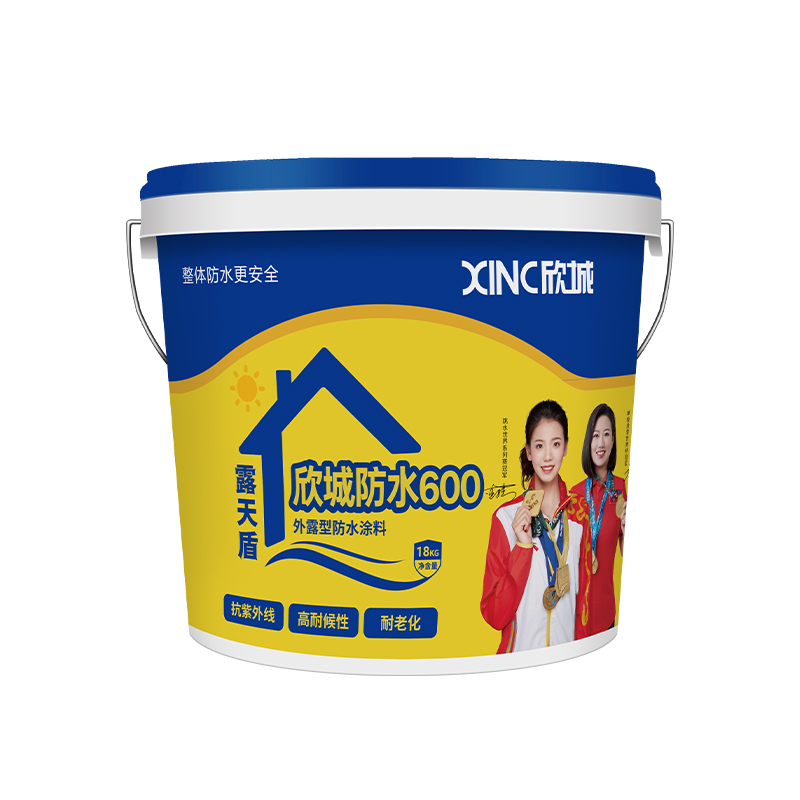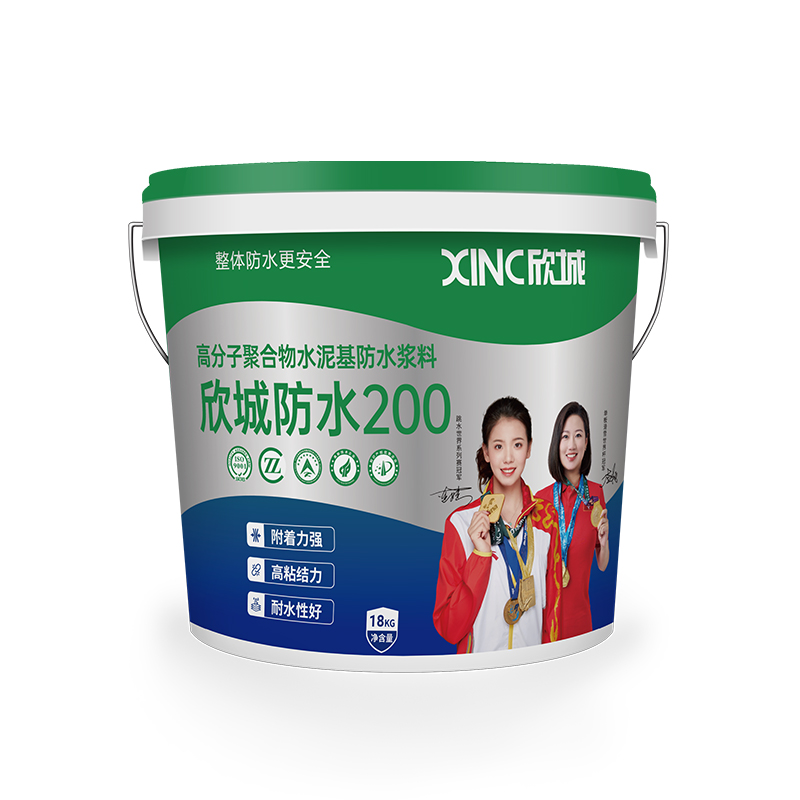How to improve the anti-ultraviolet aging performance of water-based polyurethane waterproof coating?
Release Time : 2025-10-29
Water-based polyurethane waterproof coatings are widely used in construction and water conservancy due to their environmental friendliness and excellent waterproof performance. However, their resistance to ultraviolet (UV) aging still needs to be improved through multiple technical means. UV radiation can cause molecular chain breakage and cross-linking structure damage in water-based polyurethane waterproof coatings, leading to yellowing, chalking, and even peeling, directly affecting the durability of the waterproof layer. Therefore, how to enhance its UV resistance through material modification and process optimization has become a core research direction in the industry.
Adding light stabilizers is a direct way to improve UV resistance. UV absorbers, such as benzophenones and benzotriazoles, can absorb UV energy in specific wavelengths and convert it into harmless heat energy, thereby reducing the damage to the molecular chains caused by photo-oxidation reactions. For example, introducing fluorinated silicon nanoparticles into waterborne polyurethane emulsions allows the stable structure formed by fluorine atoms and silicon-oxygen bonds on their surface to effectively scatter UV radiation and delay the photodegradation of the coating. Furthermore, hindered amine light stabilizers (HALS) further inhibit UV-induced oxidative degradation by capturing free radicals and interrupting chain reactions. Their synergistic use with UV absorbers can significantly extend the life of coatings.
Nanocomposite technology offers a new approach to UV resistance modification. Layered nano-hydrotalcite is combined with waterborne polyurethane, leveraging its unique lamellar structure to physically shield UV rays. The hydroxyl groups between the hydrotalcite layers form hydrogen bonds with the polyurethane molecular chains, enhancing interfacial bonding. Simultaneously, its lamellar structure reflects and scatters UV rays, increasing the coating's UV shielding efficiency to 86% within the 200-300 nm wavelength range. Similarly, the introduction of lignin/titanium dioxide hybrid particles creates a dual protection mechanism, allowing the composite coating to maintain stable mechanical properties even after 96 hours of high-intensity UV exposure.
Molecular structure design is a fundamental approach to improving UV resistance. By adjusting the ratio of soft and hard segments in the polyurethane molecular chain, the coating's flexibility and weather resistance can be optimized. For example, increasing the content of chemically polar -NCO and -NHCOO- structures can enhance coating adhesion to the substrate and improve UV resistance. Aliphatic waterborne polyurethanes, lacking aromatic functional groups that are prone to discoloration, offer superior outdoor durability. Polyester waterborne polyurethanes, on the other hand, incorporate ester groups to increase molecular chain rigidity, reducing the risk of UV-induced chain breakage. Furthermore, waterborne polyurethanes prepared using a self-emulsifying method can reduce the use of emulsifiers by introducing hydrophilic segments or functional groups, thereby reducing surface defects and improving UV resistance.
Surface treatment technologies can further enhance UV resistance. Processes such as flame polishing and laser treatment can eliminate microcracks and pores on the coating surface, reducing UV penetration pathways. For example, flame polishing creates a smooth, glassy surface on acrylic, effectively blocking moisture and UV radiation. Furthermore, applying a nano-hydrophobic coating can reduce the coating's surface energy, causing water droplets to roll off in a spherical shape. This reduces hygroscopic expansion caused by prolonged liquid water retention, indirectly improving UV resistance.
Environmental adaptability design must consider the differences in UV intensity under different climatic conditions. In areas with strong UV radiation, such as plateaus and deserts, water-based polyurethane waterproof coating formulations with superior UV resistance should be selected, such as by increasing the amount of light stabilizers or using nanocomposite technology. In humid and rainy areas, both UV resistance and mildew resistance must be considered, by adding mildew inhibitors and hydrophobic additives to ensure the coating remains stable in long-term humid environments.
Quality testing is conducted throughout the entire production process of water-based polyurethane waterproof coatings. Laser profilometers can accurately measure the surface roughness of the coating to ensure the absence of micro-cracks; UV aging test chambers simulate long-term UV exposure to verify the coating's weather resistance; salt spray tests assess the coating's corrosion resistance in humid environments. Only water-based polyurethane waterproof coatings that pass multiple rigorous tests can ensure excellent UV aging resistance in practical applications, providing long-lasting protection for buildings.







